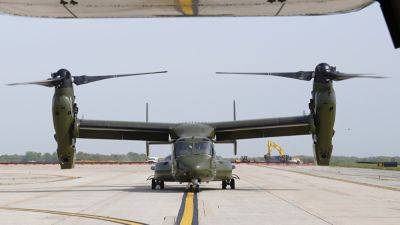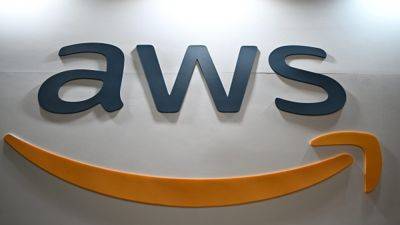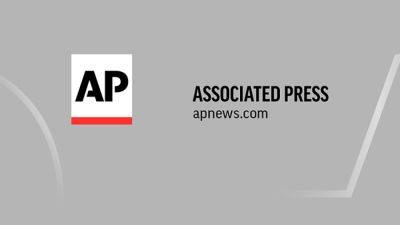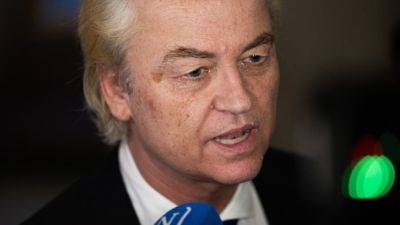East, Southeast Asia had record methamphetamine seizures last year. Profits remain in the billions
BANGKOK (AP) — East and Southeast Asia are awash in record amounts of methamphetamine and other synthetic drugs, the U.N. Office on Drugs and Crime said in a new report Tuesday. It traced their source largely to the cross-border region known as the Golden Triangle where Thailand, Myanmar and Laos meet.
The region is historically known for growing opium and hosting many of the labs that convert it to heroin.
“We have become used to record seizures, but the scale meth production in the Golden Triangle has now reached is massive. So are the profits generated,” Benedikt Hofmann, UNODC’s deputy regional representative for Southeast Asia and the Pacific, told The Associated Press. “For East and Southeast Asia, we are now looking at something closer to $80 billion per year feeding back into the region’s illicit economies.”
The Golden Triangle area has seen decades of political instability.
Myanmar’s frontier regions are largely lawless and exploited by drug producers and traffickers. In recent decades, it has become the region’s epicenter for illegal amphetamine products. A 2021 military takeover that unseated the elected government of Aung San Suu Kyi and triggered armed resistance nationwide further destabilized the country.
The new report said the total amount of methamphetamine seized in East and Southeast Asia reached a record 190 tons in 2023. Some 89% of that came from Southeast Asia, with much of that from the Golden Triangle.
The 1.1 billion seized methamphetamine tablets, weighing 98.3 tons, were the most ever reported for the region, as were the 90 tons of seized crystal methamphetamine, the report said.
Even regional seizures of the party drug ecstasy, though representing a very small portion of the illicit synthetic







